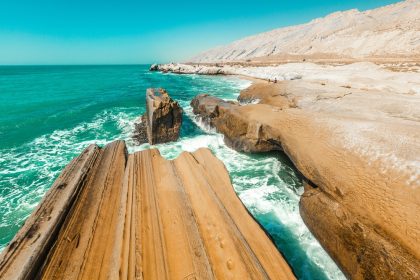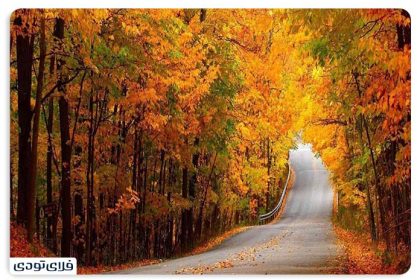Archaeologists discovered Paleolithic artifacts in the south of Tehran.
A member of the scientific faculty of the Research Institute of Cultural Heritage and Tourism announced the new finds belonging to the Paleolithic era in the south of Tehran.
Morteza Hissari said:
During last week's visit to the main hill of Qomi Abad, which is located in the south of Qomi Abad village, Ray County, we observed Paleolithic stone tools, for this purpose, we requested Fereydon Bigleri, an archaeologist and head of the Paleolithic Department of the National Museum of Iran, to make a field visit to Qomi Abad site. In this visit, the obtained findings were approved by this stone expert, which was a great event for the history of Tehran province.
40 thousand years of residence in Tehran
Fereydon Bigleri, head of the paleolithic department of the National Museum of Iran, said:
Previously, we had very little information about the Paleolithic period in Tehran province, which was limited to a number of single finds from this period, but in the natural hills of Qomi Abad, we are faced with a very wide distribution of stone artifacts.
The head of the paleolithic department of the National Museum of Iran said:
In a recent visit, we saw samples of mother stone, mother stone products and other parts related to turning and production of stone tools on the surface of Qomi Abad hills. The surface of these hills is a sediment covered with fragments of flint, igneous and other cutable stones, which was a place for stone cutting and making stone tools in the Middle Paleolithic era.
Bigleri added in the end:
According to these new findings, the history of human habitation in Tehran goes back tens of thousands of years and reaches more than 40,000 years ago and maybe even 80,000 years ago. Bone remains of humans from this period found in several caves show that Neanderthals lived in parts of Iran during the Middle Paleolithic period. Of course, to get more information, we need to do more research in this place.
It should be mentioned that Qomi Abad is an area where pictures of the complete destruction of an ancient hill were recently published.
RCO NEWS















